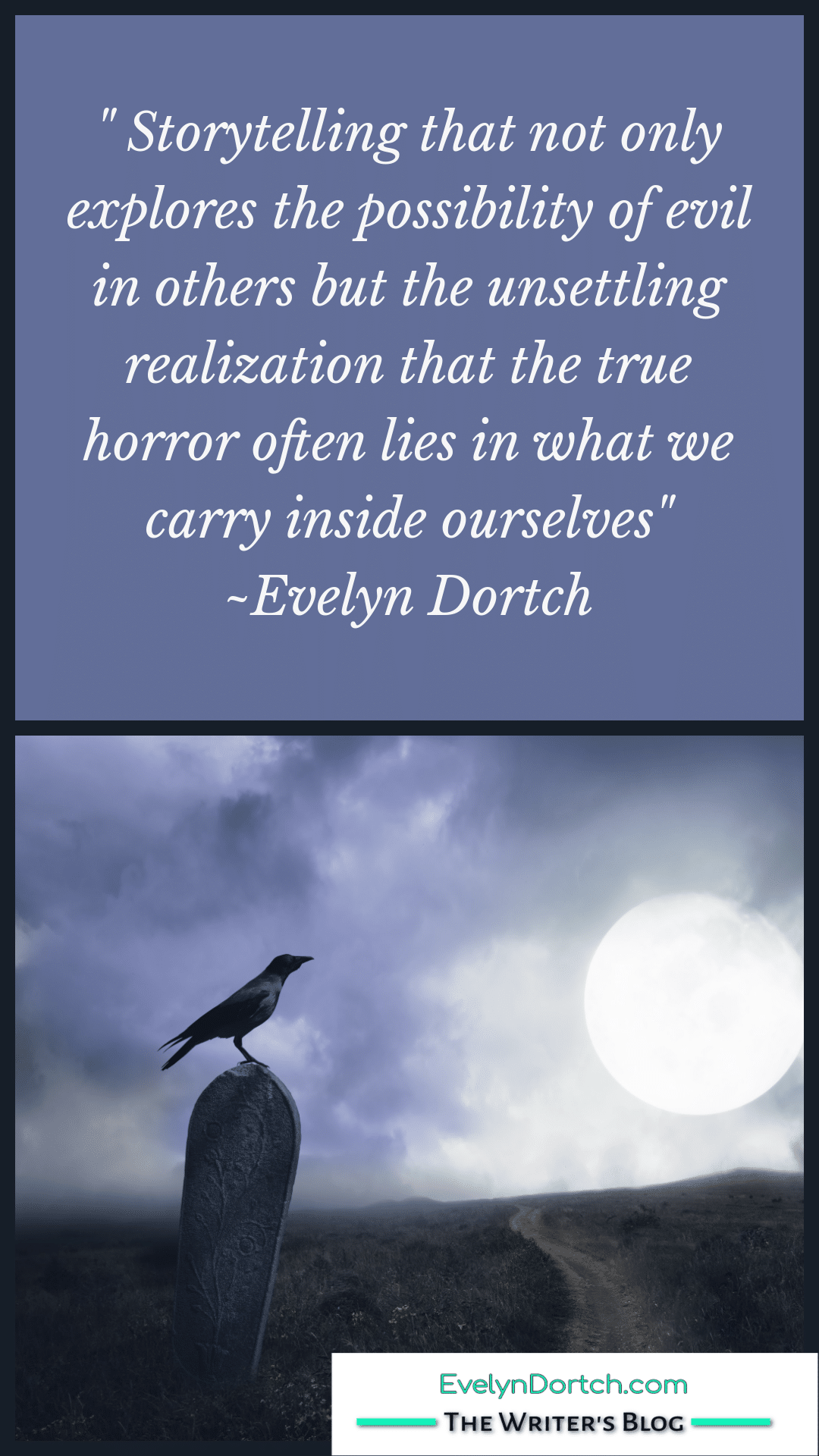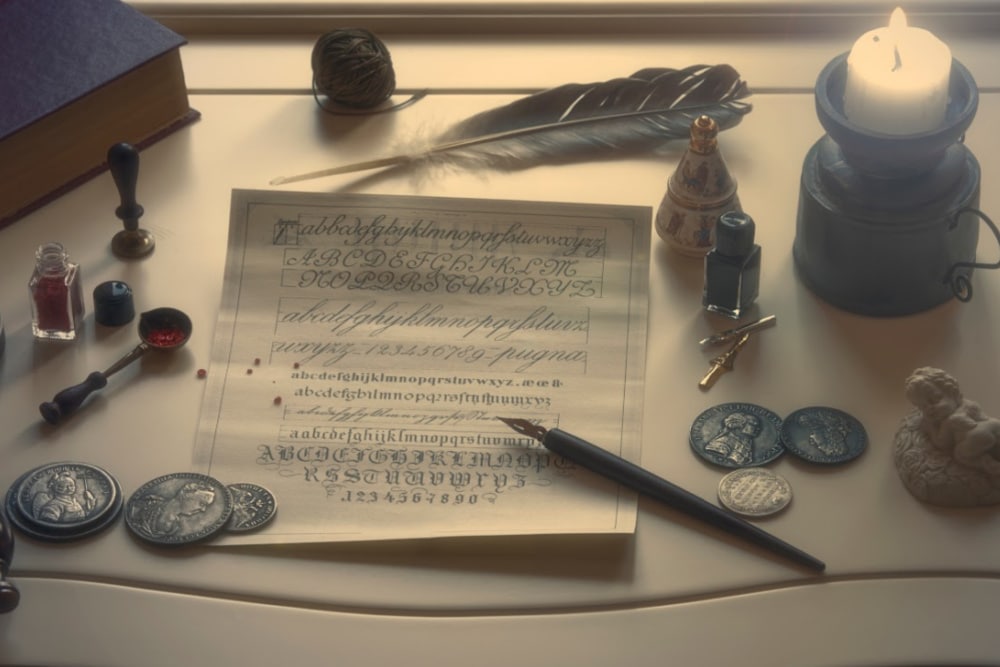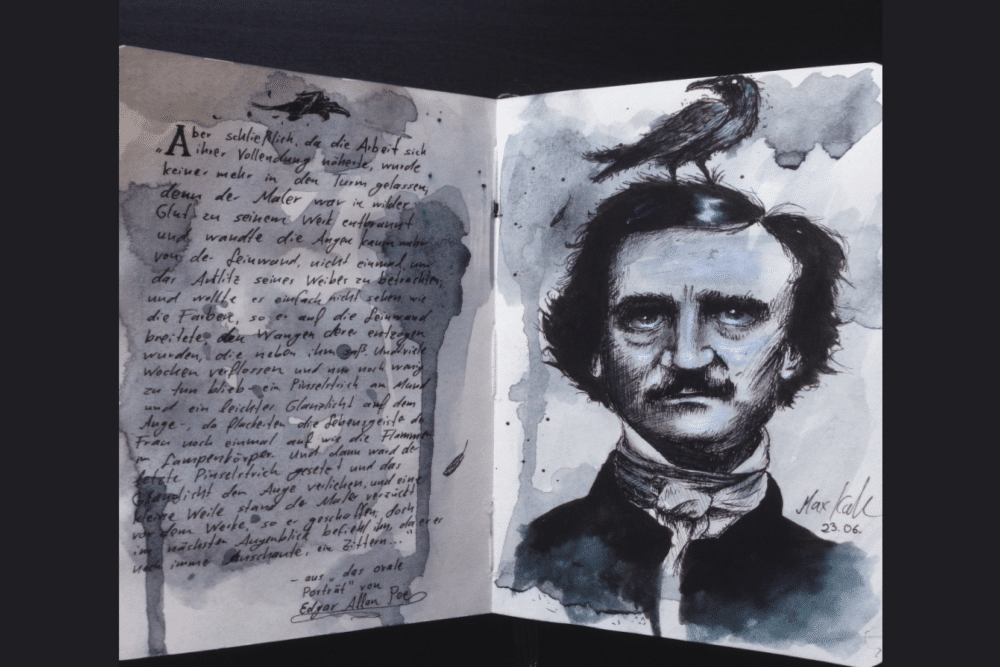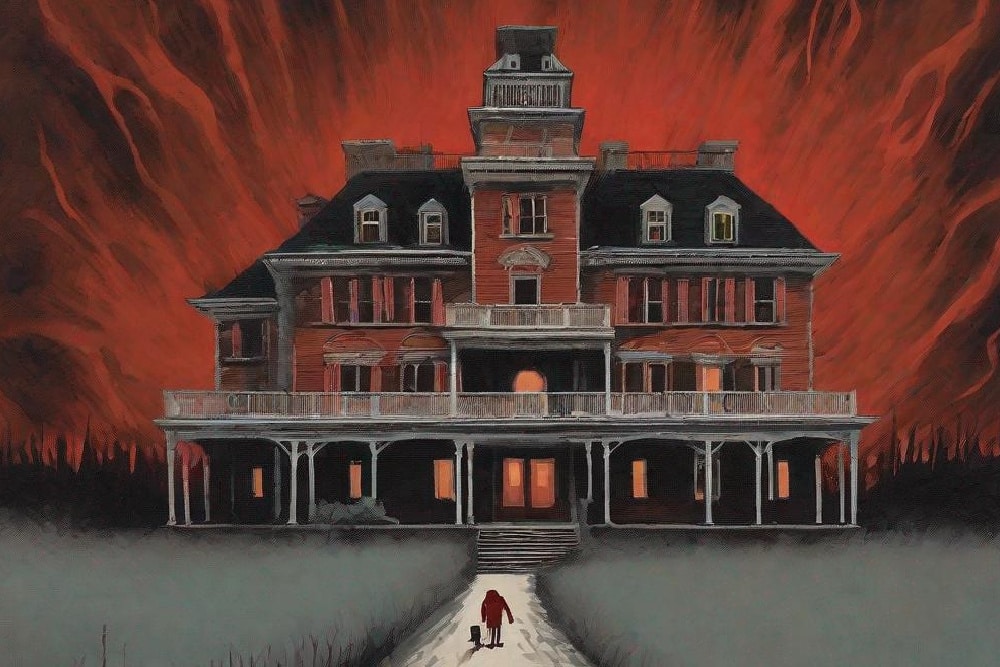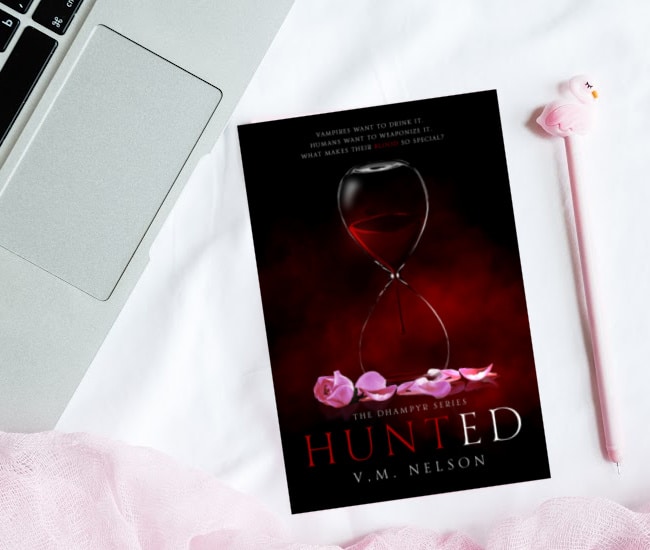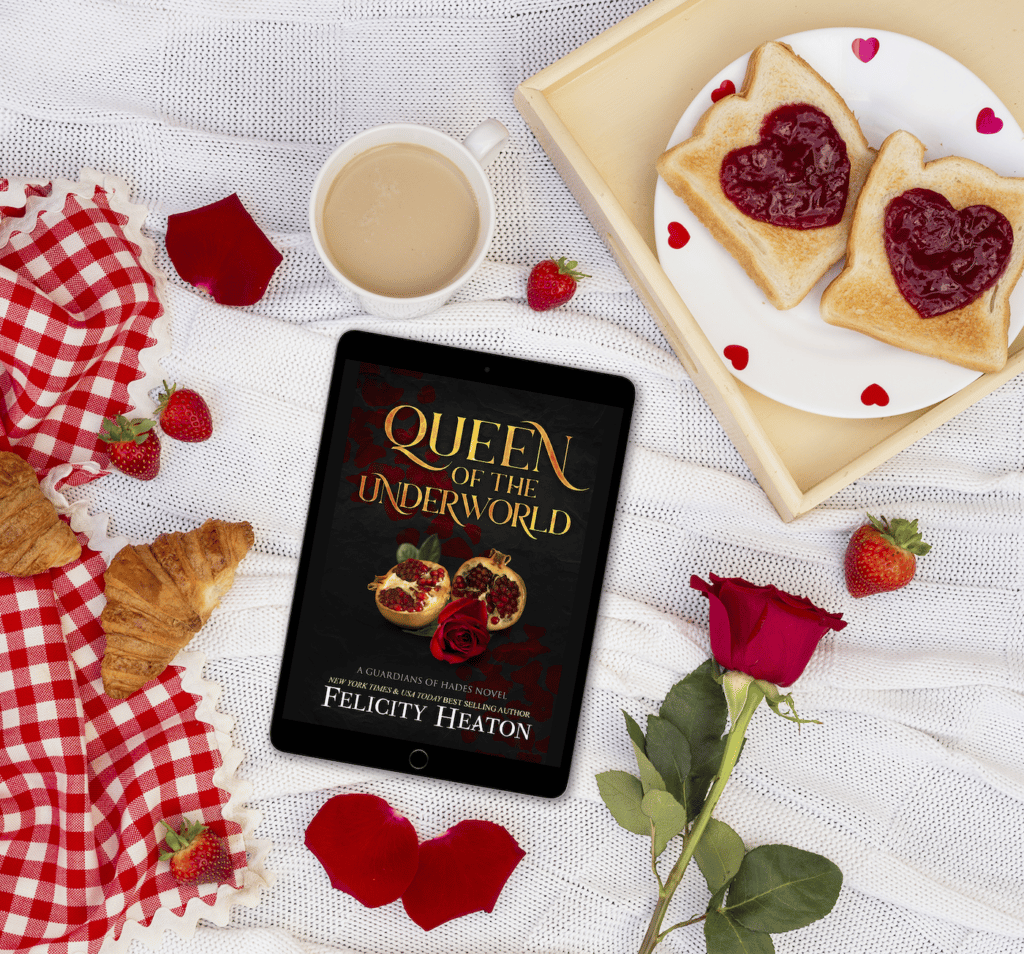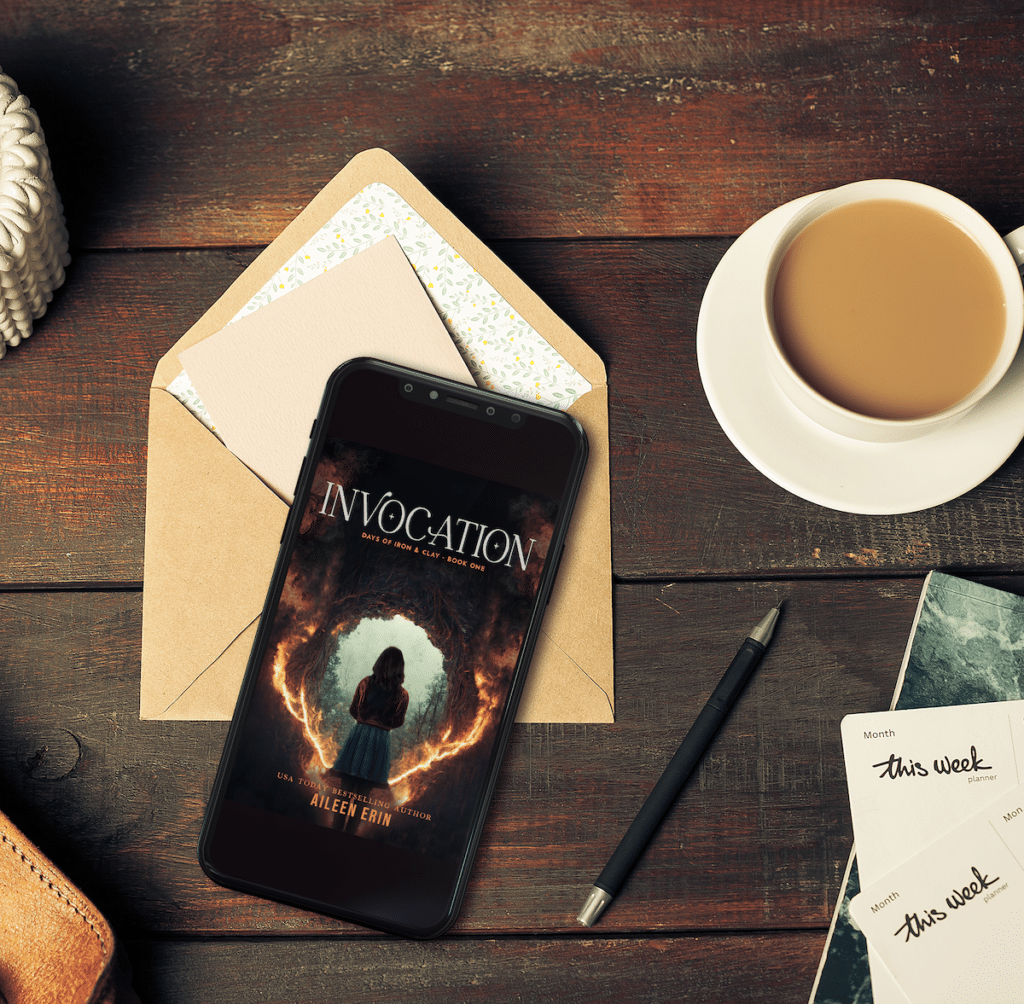There’s something about the crisp air of autumn, the rustle of leaves underfoot, and the early arrival of dusk that stirs a certain mood, a feeling of lingering unease, as though the world is slipping into a quieter, more introspective time. In this season of shadows, the human fascination with mortality and the macabre feels more pronounced. Across generations, storytelling has offered a space to confront our deepest fears, explore the unknown, and wrestle with the inevitable end we all face.
The macabre, in its many forms, has always held a strange allure. It speaks to our curiosity about death and the darkness lurking within the human soul. From the haunting words of Edgar Allan Poe to the eerie landscapes of Stephen King’s novels, writers have long found a way to transform these unsettling themes into something profoundly captivating. By exploring the macabre, we confront not just the specter of death but also the complexities of life itself.
Historical Roots of Macabre Storytelling
The origins of macabre storytelling stretch back as far as the written word itself, deeply rooted in the ancient myths and folklore of civilizations across the globe. Whether in tales of gods and spirits or the fearful whisperings of a village on a dark night, these stories served a purpose beyond mere entertainment. They were a way to grapple with the incomprehensible, death, fate, and the mysteries of existence.
In medieval Europe, the macabre became a prominent theme, especially during times of plague and war. The “Danse Macabre” or “Dance of Death” reminded all that mortality does not discriminate; kings and peasants alike will someday join in that final, inescapable procession. These stories and images were stark, yet they provided a way for people to process the overwhelming presence of death in their lives. They still resonate because, in many ways, our fears have not changed.
As literature evolved, the macabre remained a crucial thread, weaving through centuries of storytelling. From folklore to fables, the eerie and the uncanny have always been present, offering a reflection of the darker aspects of the human experience.
Edgar Allan Poe: The Master of Macabre
No discussion of macabre literature is complete without mentioning Edgar Allan Poe, a writer who seemed to have an almost supernatural ability to tap into the unsettling corners of the human mind. His stories and poems are filled with creeping dread, an atmosphere of impending doom that leaves readers both captivated and unnerved. Poe didn’t just write about death; he wrote about the emotions tied to it, guilt, madness, and the fragility of sanity.
In “The Tell-Tale Heart,” we witness a descent into madness, narrated by a character haunted by guilt. The macabre unfolds not in grand, supernatural gestures, but in the relentless ticking of time, the sound of a heart that won’t stop beating. Poe’s genius lies in making the reader feel the suffocating claustrophobia of the narrator’s unraveling mind.
Similarly, “The Raven” explores the lingering sorrow of loss and the futility of seeking comfort from the unknown. The refrain of “Nevermore” echoes like a cold wind through an open window, a reminder of the inevitability of death and the permanence of our grief. Through these works, Poe invites us into a world where the macabre isn’t just a theme, it’s a state of being.
Nathaniel Hawthorne: Moral Complexity and Dark Themes
While Poe’s tales often focus on madness and guilt, Nathaniel Hawthorne delves into the macabre through the lens of moral ambiguity. Hawthorne’s characters are often trapped in situations where sin, guilt, and the burden of the past weigh heavily on their souls. In “The Scarlet Letter,” we are presented with a tale that, while not outwardly terrifying, is deeply macabre in its exploration of shame, punishment, and the harsh judgments of society.
Hawthorne’s world is one where the past haunts the present, and no one can escape the consequences of their actions. His stories, like “Young Goodman Brown,” are filled with eerie symbolism and a sense of foreboding. As Goodman Brown ventures into the dark woods, he confronts not only the possibility of evil in others but the darkness within himself. This is where Hawthorne’s genius lies, in the subtle, unsettling realization that the true horror often lies in what we carry inside us, in the sins we cannot atone for.
His work reflects the deep moral questions that plague us all, using the macabre as a way to explore the shadows we try to hide from ourselves.
Modern Interpretations: Stephen King and Beyond
The macabre didn’t end with the 19th century. Modern writers like Stephen King have carried the torch, blending the supernatural with real-world fears in ways that feel contemporary but still echo those ancient tales of death and dread. King’s works often revolve around ordinary people facing extraordinary, often terrifying, circumstances. But more than that, they explore how humans respond to fear, how we unravel under its weight, and sometimes, how we overcome it.
In “It,” King’s monster isn’t just a shape-shifting entity that preys on children; it’s a manifestation of the fears that lurk beneath the surface of a small town. The macabre elements are woven into the everyday, making the terror feel all the more real. King has a way of grounding the supernatural in the mundane, reminding us that the macabre can exist in the most ordinary places.
Another of King’s notable works, “The Shining,” taps into the idea of isolation and the slow descent into madness. The Overlook Hotel becomes a character in itself, a place where the boundaries between reality and nightmare blur. The macabre, here, isn’t just in the ghosts that haunt the halls, but in the slow, creeping sense of doom that pervades every page. King’s ability to draw readers into these worlds of suspense and dread speaks to his mastery of the macabre.
Beyond King, other contemporary authors like Shirley Jackson and Neil Gaiman have embraced the macabre in their own unique ways. Jackson’s “The Haunting of Hill House” is a psychological exploration of fear, where the line between the supernatural and the inner workings of the mind becomes increasingly blurred. Gaiman’s “The Graveyard Book” offers a more whimsical, yet still eerie, take on life and death, reminding readers that the macabre doesn’t always have to be terrifying—it can be thought-provoking and even oddly comforting.
The Evolution of Macabre Storytelling
The macabre has always been a shape-shifter in the world of storytelling. Its form may change, but its core remains the same, a deep exploration of death, fear, and the unknown. As we move through different periods of literary history, we see the macabre evolve, adapting to new cultural contexts and societal concerns.
In today’s world, the macabre isn’t just confined to books and films. Podcasts, television, and even social media have become platforms for exploring these timeless themes. From spine-chilling audiobooks to interactive stories that invite the audience to participate, the macabre is finding new ways to engage with readers and viewers. And yet, whether through modern technology or ancient myth, the macabre still speaks to the same fears that have haunted humanity for centuries.
Perhaps it is the uncertainty of life, the ever-present knowledge that our time is finite, that makes these stories so compelling. They remind us that while we may not have control over our fate, we can explore it, question it, and, through the macabre, find some semblance of understanding, or at the very least, a moment of reflection.
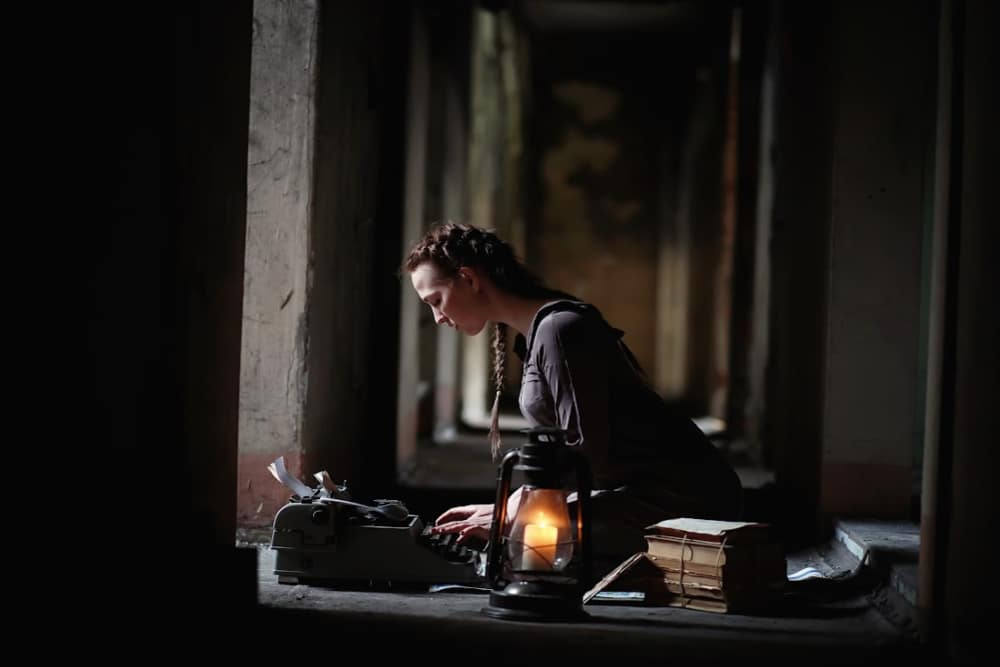
Writing the Macabre: 5 Tips for Crafting Haunting Stories
For writers looking to explore the macabre, the challenge lies in more than just creating fear or suspense. The best macabre stories tap into universal emotions, drawing readers into a world that feels unsettling yet impossible to turn away from. Here are five tips for writing your own macabre masterpiece:
1. Build Atmosphere Through Setting
The setting is crucial in macabre storytelling. Whether it’s a crumbling old mansion, a fog-shrouded forest, or a modern-day town hiding dark secrets, the environment should evoke a sense of dread and foreboding. Use descriptive language that engages the senses, let readers hear the creak of floorboards, feel the chill of the wind, and see the shadows creeping along the walls.
2. Focus on the Psychological
While supernatural elements can heighten the macabre, the most powerful stories often focus on the psychological turmoil of characters. Dive into their fears, guilt, and regrets. Explore their inner demons, and let the true horror emerge from their unraveling minds. Readers are often most unsettled by what they can’t fully explain, what’s happening inside a character can be just as eerie as any external threat.
3. Play with the Unseen
Sometimes, what’s left unsaid or unseen is scarier than what’s shown. Leave some things to the imagination, hint at the horrors rather than reveal them outright. Ambiguity allows readers to fill in the blanks, often making the terror more personal and intense. A figure in the dark, a door that creaks open by itself, or an unexplained noise can provoke more unease than a full-on monster.
4. Use Symbolism and Themes
Macabre stories often resonate because they touch on deeper themes like mortality, fate, and the human condition. Use symbolism to layer meaning into your story. Death, decay, darkness, these are classic motifs, but you can reinterpret them in fresh ways. For example, a withering flower might represent the fragility of life, or a broken clock could symbolize time running out.
5. End with Ambiguity or Reflection
A satisfying macabre story doesn’t always need a neat conclusion. Sometimes, the most haunting tales leave readers with lingering questions or a sense of unresolved tension. Alternatively, an ending that reflects on life’s big questions—about death, morality, or fate, can leave a lasting impression. Consider leaving the reader in a state of contemplation or unease as the final lines fade into shadow.
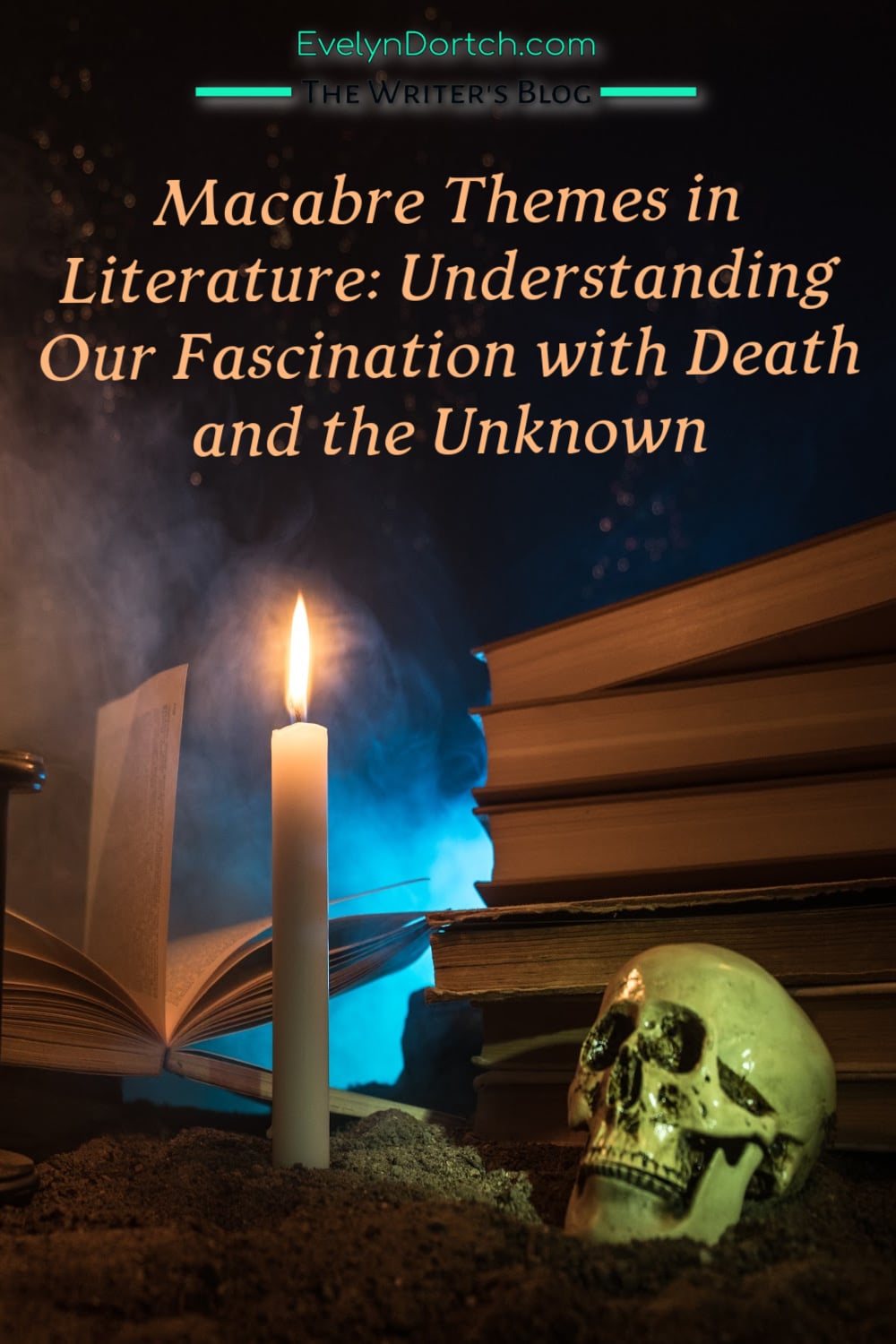
In the end, the macabre is more than just a genre or a theme. It’s a way of looking at the world, of acknowledging the darkness that exists alongside the light. Through the works of writers like Poe, Hawthorne, King, and countless others, we come face to face with our deepest fears and our most unsettling thoughts. But in doing so, we also find a strange kind of comfort. The macabre offers us a mirror, showing us not just what we fear, but who we are.
Whether you’re a writer seeking inspiration or a reader looking to explore the eerie and the unsettling, the macabre offers endless paths to wander down. And as the world around us shifts from the warmth of summer into the cool embrace of autumn, there’s no better time to step into those shadows and see what stories await.
